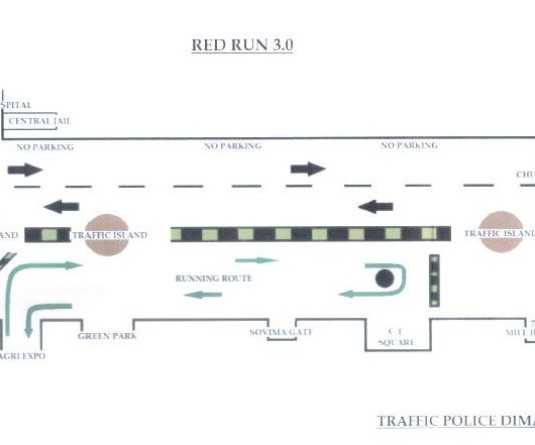
Mokokchung, Wokha highest
Our Correspondent
Kohima | July 6
Nagaland’s literacy rate has progressively improved over time from 17.91 per cent in 1961 to 67.11 per cent in 2001. However, the percentage of increase during 1991-2001 was not as much as in the previous decades, according to Nagaland State Human Development Report, 2004.
When disaggregated by gender, this trend continues amongst women. Female literacy rate increased from 33.72 per cent in 1981 to 55.70 percent in 1991 and to 61.92 percent in 2001. The male literacy rate, which increased steadily over time, was higher than the all-India level in 1991, but stood below the national average in 1981 and 2001.
Nagaland’s literacy rates, disaggregated by districts, range from 42.25 per cent to 84.27 percent. Mokokchung has been the leading district till today with literacy rate increasing from 29.63 percent in 1961 to 84. 27 percent in 2001. This represents one of the highest literacy rates in the country. Another district, which has shown rapid increase in its literacy rate, is Wokha, with an increase from 45.60 percent to 81. 28 per cent from 1981 to 2001, a 78 percent rise. These two districts also have the distinction of being the first districts in the state to have literacy rates above 80 percent.
The literacy rates for males in Kohima, Mokokchung and Dimapur were more than 80 per cent during 2001. Mon, which started off with a lower level of literacy at 19.89 percent in 1961, stands today at 42.25 percent, thus showing a 122 percent rise. This is the only district which has a literacy level less than 50 percent. Geographical remoteness, difficult accessibility, poor infrastructure and inadequate quality of teaching have contributed to this.
The educational lag in Mon and Tuensang districts can also be attributed to their later start in the framework of formal education due to late arrival of missionaries and the fact that these regions were in the “unadministered areas” outside the British administration. They came under effective administration only after formation of the Naga Hills-Tuensang Area (NHTA) in 1957. It is, however, noteworthy that the highest increase in literacy rates in the state during the decades 1981-91 was in Mon (27.58 per cent increase for women and 17.3 percent increase in combined literacy rates), the report added.





